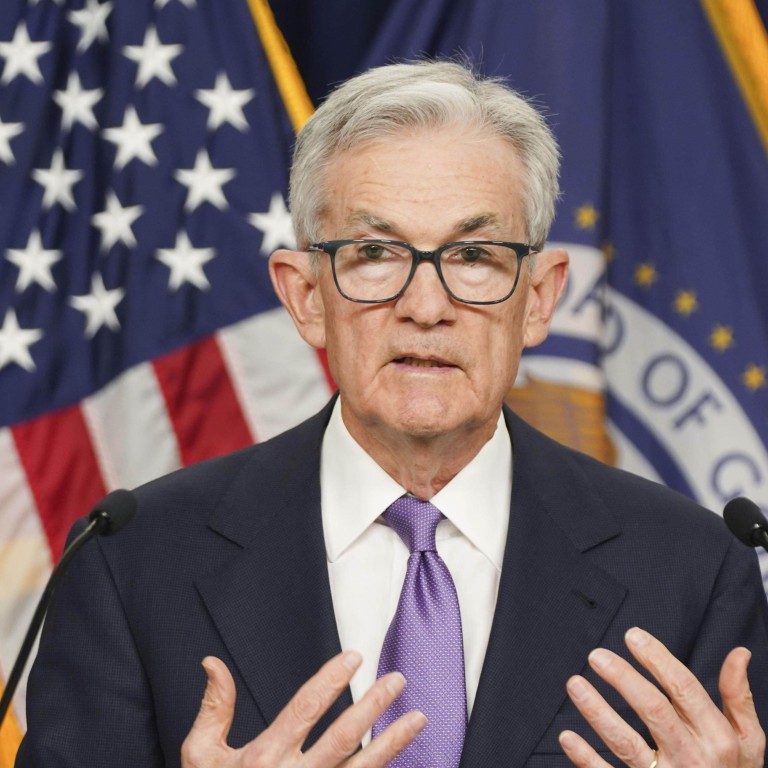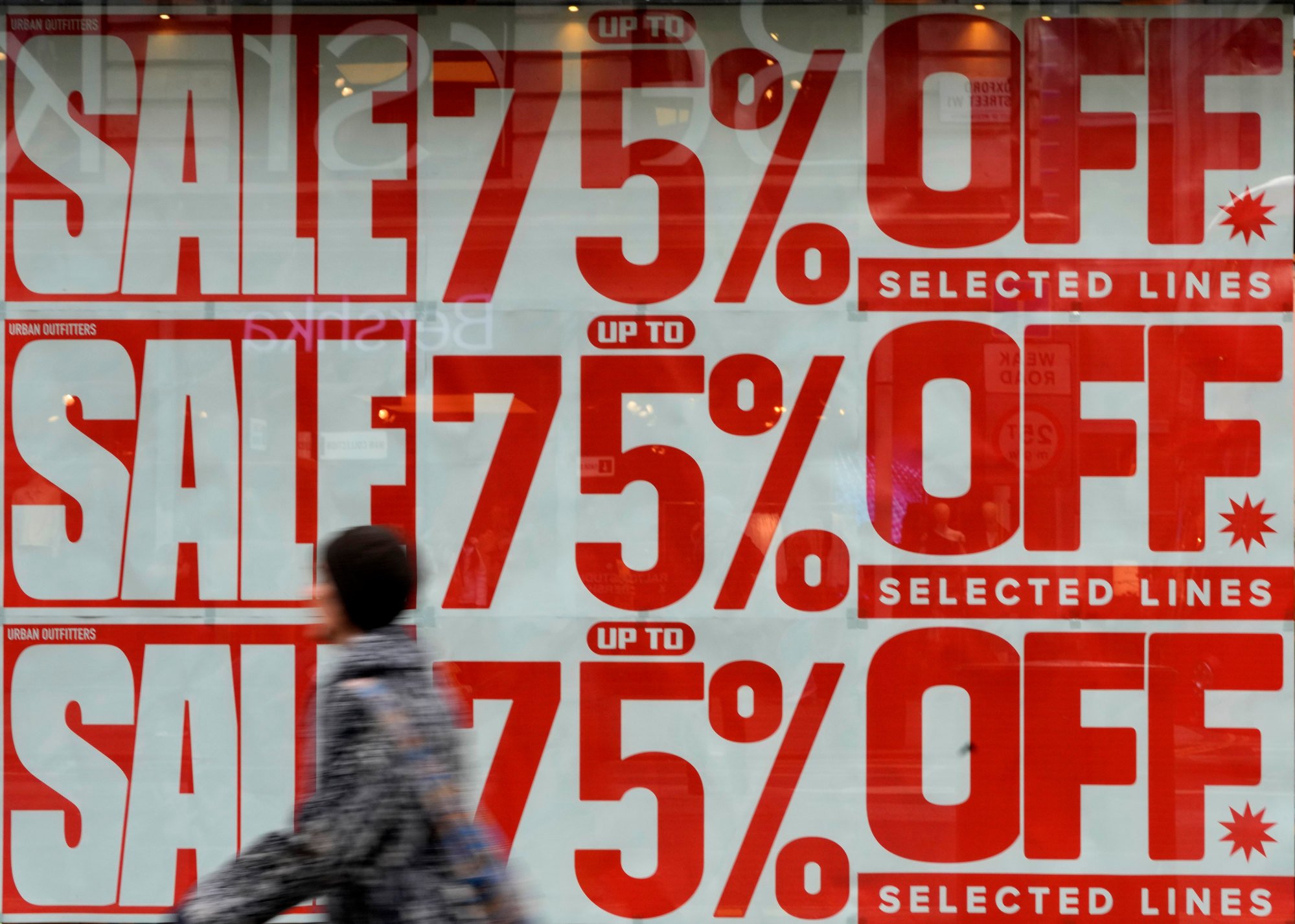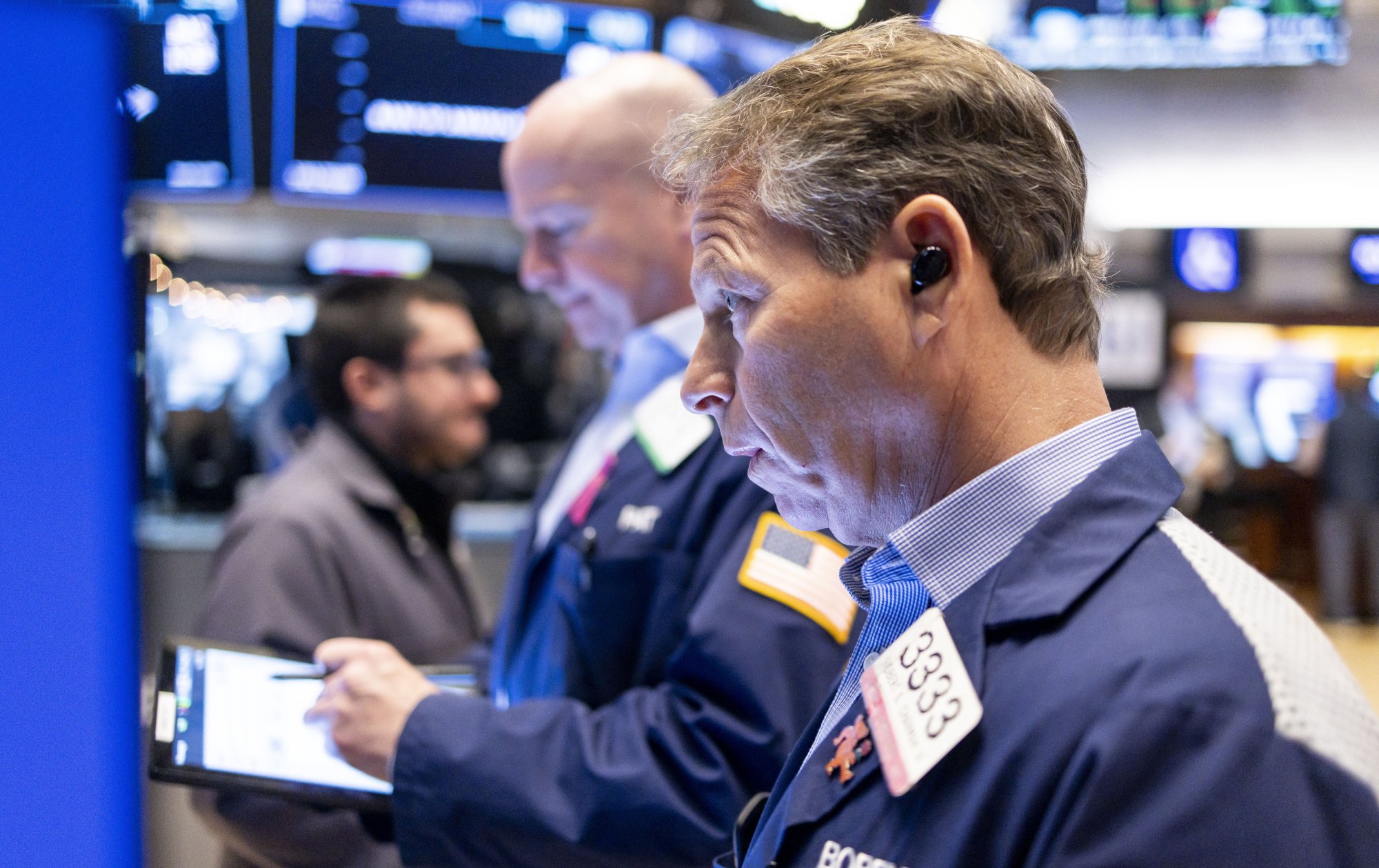
Low inflation, interest rate cuts and no recession in 2024? Not so fast
- There is reason for optimism after the Federal Reserve’s surprise interest rate decision, but there are also still plenty of reasons for caution
- The fact that markets are expecting the smoothest of touchdowns for the US economy next year should be ringing alarm bells
While a reduction in US interest rates had been priced in, the Fed “out-doved” the markets by sounding even more dovish than traders expected. In the space of a fortnight, Fed chairman Jerome Powell changed the narrative around monetary policy dramatically. Having earlier insisted that it was premature to speculate on the timing of rate cuts, he sang a different tune on December 13 when he revealed that the Fed had discussed when they should begin easing policy.
The results of Bank of America’s latest poll of global fund managers, published on Tuesday, showed that sentiment was the most upbeat in almost two years. Two-thirds of respondents expected a soft landing for the global economy, 80 per cent anticipated lower inflation, while a record percentage believed government bond yields would be lower a year from now.
There is undeniably much to be pleased about, especially in the US. Headline inflation in the euro zone has fallen to just 2.4 per cent, only slightly above the European Central Bank’s target and down from more than 10 per cent a year ago. In the United States, inflation stands at 3.1 per cent, compared with 3.9 per cent in Britain. More surprisingly, the much-anticipated recession in America never materialised. The US consumer has proved remarkably resilient, supported by a strong labour market.
From Trump to Fed, US will have outsize impact on global economy in 2024
Yet, there are also plenty of reasons for caution. Investors have a selective hearing problem: they are overreacting to positive signals while downplaying or ignoring negative ones. There are three reasons the “Goldilocks scenario” that many fund managers are betting on – lower inflation, aggressive rate cuts and decent growth – looks far-fetched.
First, while leading central banks insist the battle against inflation is not yet won, markets are behaving as though it is. Many investors now appear to believe inflation was transitory even though it proved far more persistent than expected. While this was the case with goods inflation, services inflation remains stubbornly high.
Last month, US core inflation – which strips out volatile food and energy prices – accelerated on a monthly basis. Across developed economies, wages are growing at a rate sharply above central banks’ targets.
Furthermore, once the inflation genie is out of the bottle, it is difficult to put the cork back in. A significant risk in 2024 is that prices reaccelerate, particularly given how volatile the geopolitical environment is and the stickiness of services inflation.

Second, the glide path to a soft landing is a narrow one. Aside from the fact that history shows it is difficult to quash inflation without causing a rise in unemployment and a steep downturn, growth is already slowing. Although the US economy is still relatively resilient, the euro zone is likely to have slid into a technical recession – two straight quarters of contracting output – in the final months of this year while Britain has been stagnating for some time.
Even in the US, the Fed now seems more concerned about growth than inflation. Powell said he was mindful of the risk of holding rates at high levels for too long and that the Fed would need to begin easing policy well before inflation reached 2 per cent lest economic activity slow too sharply. The US central bank’s increased sensitivity to growth has caused bond investors to price in aggressive rate cuts normally associated with a recession.
This raises two troubling questions. Why did Powell not push back against market expectations of a dramatic loosening of policy? More worryingly, is the Fed under pressure to cut rates sooner than might otherwise be justified to help US President Joe Biden defeat Donald Trump in next year’s presidential election, calling into question its independence?

Third, expectations have consequences. The Fed’s unexpected shift in policy has led to a further loosening in financial conditions. The yield on benchmark 10-year US Treasury bonds has fallen to 3.8 per cent from about 5 per cent at the end of October, the US dollar continues to weaken and US stocks have hit fresh highs while spreads on corporate bonds have narrowed.
Looser financial conditions provide a fillip to economic activity, making it more difficult to tame inflation and potentially forcing the Fed to tighten policy further. Torsten Slok of Apollo Global Management noted in a report published on Tuesday that “the Fed pivot last week complicates the Fed’s goal of getting inflation back to 2 per cent” and that “as we enter 2024, the pendulum will soon swing back from a dovish Fed to a more hawkish Fed”.
That the Fed has so far managed to avoid a hard landing is quite a feat. Yet, soft landings are a rarity. The fact that markets are expecting the smoothest of touchdowns next year should be ringing alarm bells.
Nicholas Spiro is a partner at Lauressa Advisory

